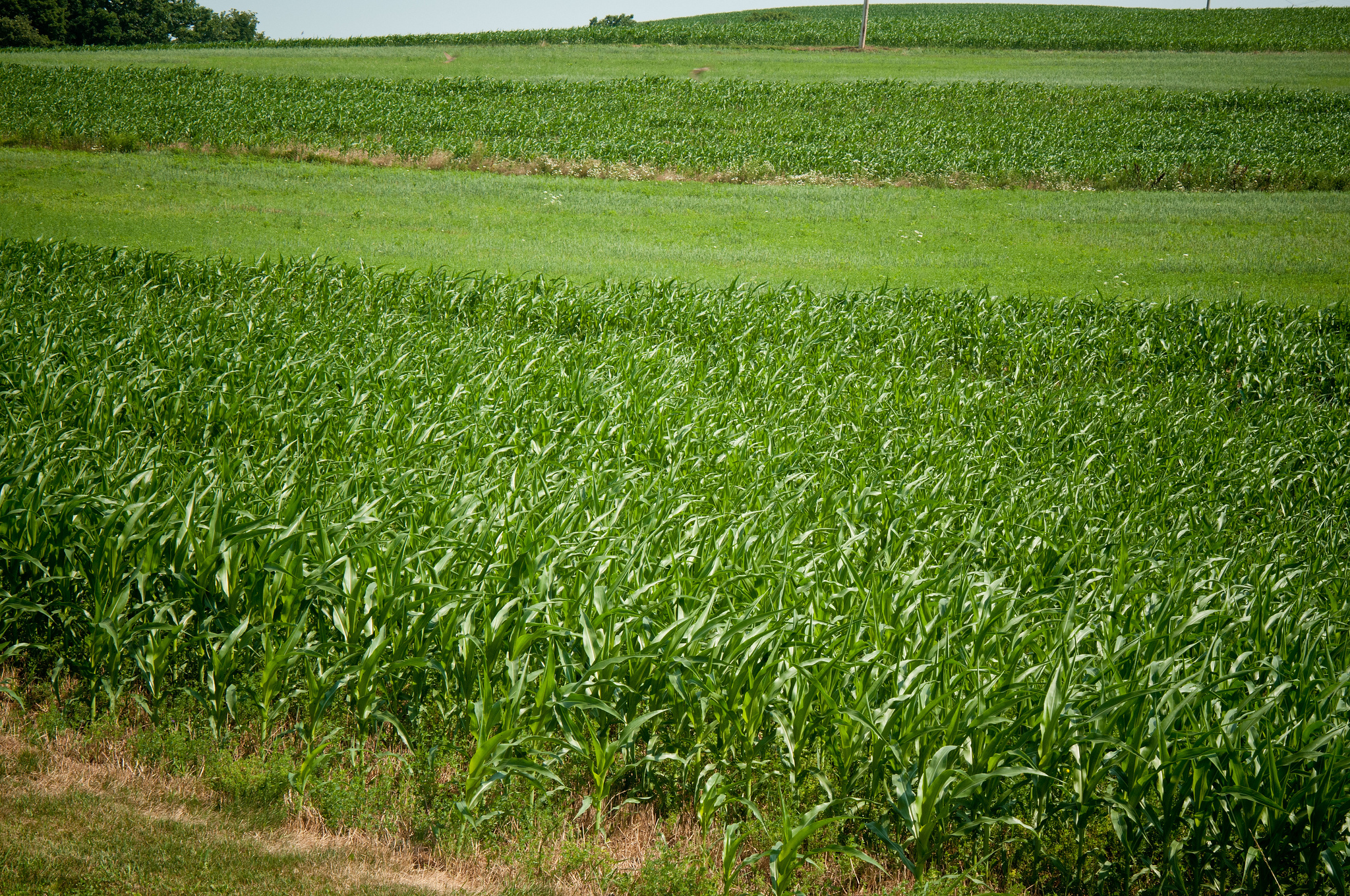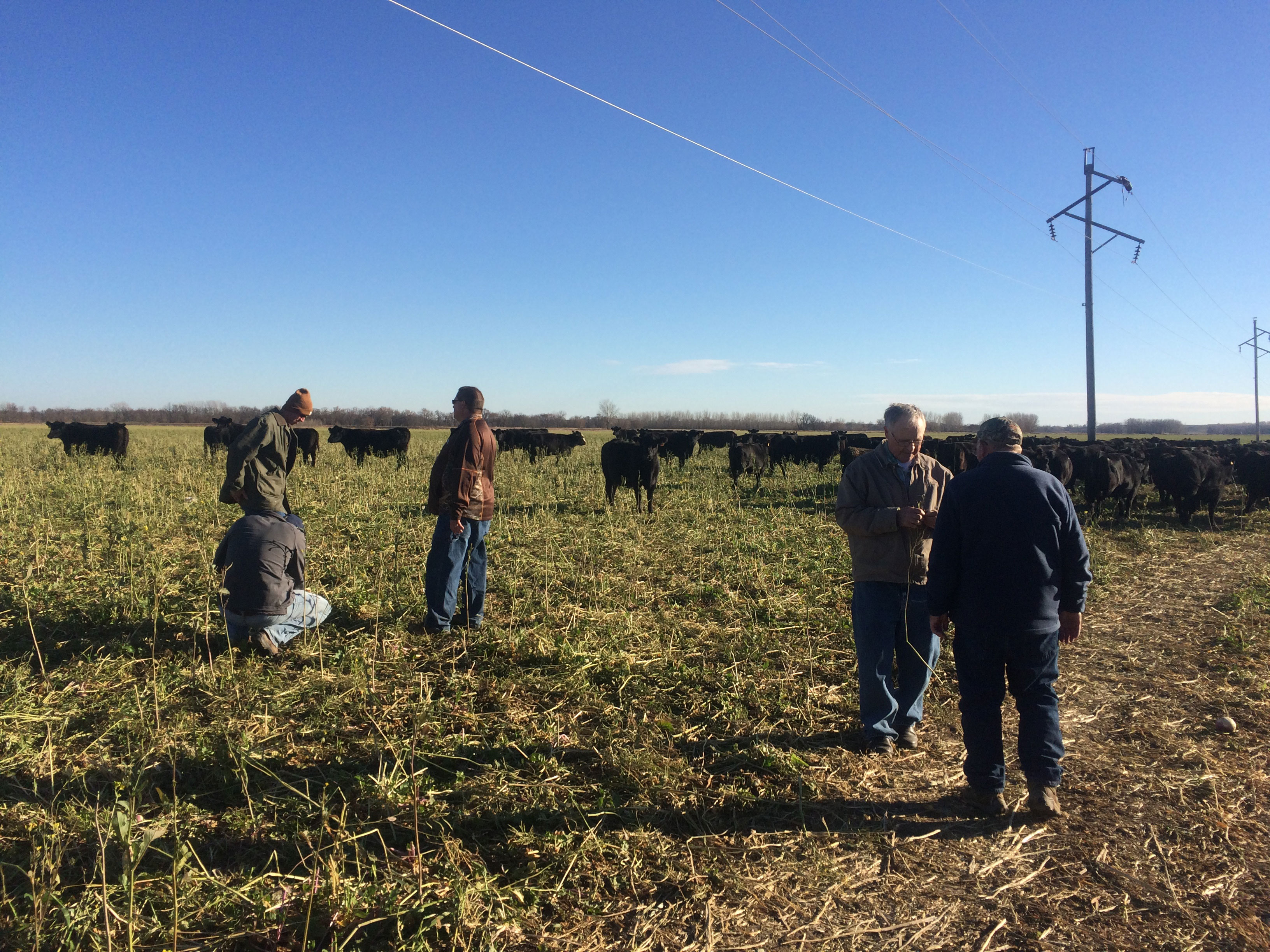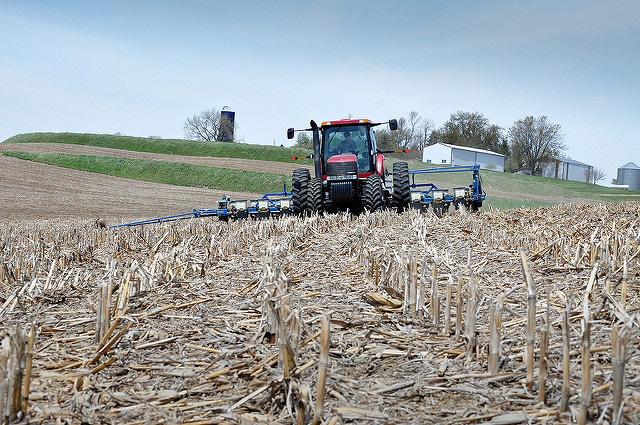Search

Scheduling Bedding Plants
Fall is the best time to start scheduling your bedding plant production. Start planning early for next year’s production.

Strategic and Scenario Planning in Ranching: Conducting a Ranch Inventory
During times of belt-tightening, it’s imperative to make sure all the resources of the ranch are being utilized as efficiently as possible. Conducting a complete ranch inventory is a perfect time for ranch managers to take an in-depth look at their operation.
![A herd of cattle gather around a stock pond on a vast, lush grassland. Courtesy: USDA [CC BY 2.0]](/sites/default/files/2019-05/W-00231-00-cattle-grazing-grassland-pasture-range.jpg)
Range Improvements, Grazing Systems and Net Present Value, What is the Right Balance?
As farms and ranches across South Dakota continue to endure increasing costs of production while receiving less cash for grain and livestock marketed; ranch managers must be extra diligent when implementing new range improvements and grazing systems on their ranches.

Using Feedlot Manure as a Crop Nutrient Source
Factsheet that reviews the steps to obtain a manure application rate based on crop need, soil and manure testing.

Use Caution When Fall Spraying Noxious Weeds in Pastures To Avoid Harming Desirable Plants
Noxious weed control is often a long-term process. In some cases, chemical application may be deemed necessary, but it should always be considered in the context of appropriate management and an integrated best management framework.

Mobile Walk-in Cooler for Growers
Growers in South Dakota who are looking for an inexpensive way to cool their produce may want to consider a technology adapted by North Carolina State University (NCSU) Researchers.

Crop Diversification Potential: Improving Soil Health & Farm Profitability
Two-year corn-soybean rotation coupled with heavy chemical inputs has become the routine practice of agricultural production in the Midwestern United States. According to USDA/NASS data, corn and soybean prices received by producers in South Dakota both reached the peak levels of $7.39 and $16.00 per bushel, respectively, in August, 2012.

Managing Soil: Maximizing Profit Conference Set for Dec. 7
November 19, 2021
South Dakota State University Extension and the SDSU Southeast Research Farm will host a seminar for growers interested in soil health, regenerative agriculture and livestock inclusion in these systems.

Project to Study Soil Health Economics in South Dakota
Soil degradation has become one of the most pressing global issues, because of its adverse effects on world food security, environment and quality of life.

Cedar Trees and Rangeland Loss
The issue of cedar tree invasion into South Dakota’s rangelands tends to be a regional conversation. There is generally broad agreement among most resource professionals that these trees are in fact changing our landscape in a negative way.